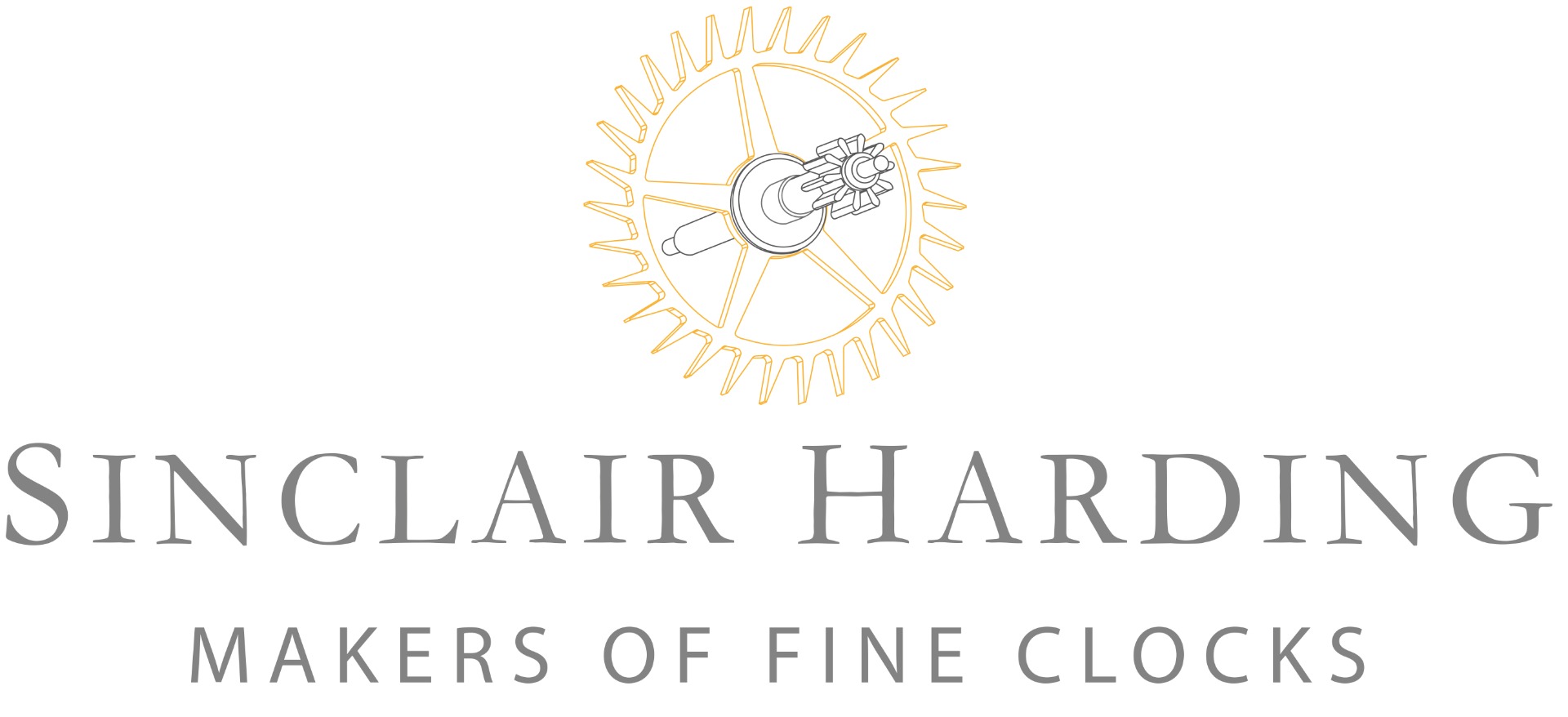Find Us
SINCLAIR HARDING (UK) LIMITED
Phillips House,
Chapel Lane,
Emley,
West Yorkshire,
HD8 9ST,
England
© Copyright 2024 Sinclair Harding (UK) Ltd | Privacy PolicyWeb Design By Toolkit Websites
SINCLAIR HARDING (UK) LIMITED
Phillips House,
Chapel Lane,
Emley,
West Yorkshire,
HD8 9ST,
England
